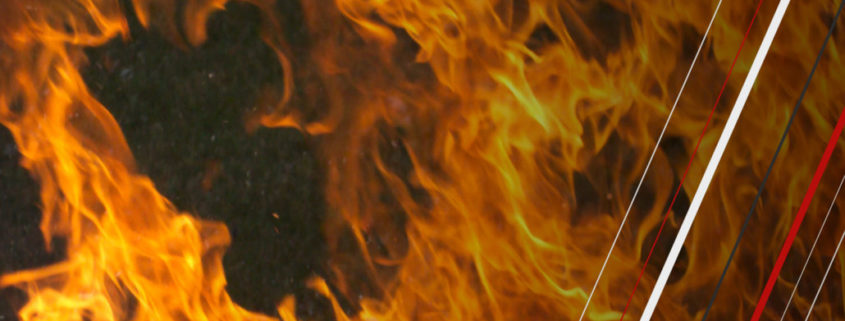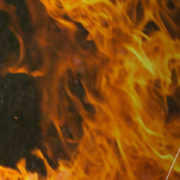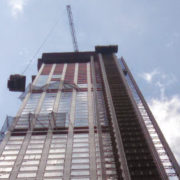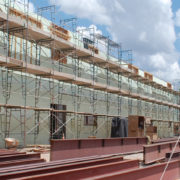How does Passive Fire Protection work?
Passive fire protection (PFP) is an essential component of structural fire protection and fire safety in a building. PFP attempts to contain a fire or prevent the fire from spreading to other parts of the building by the use of fire-resistant walls, floors and doors. A fire protection system for any building will have the following:
- Active Fire Protection – Manual or automatic fire detection or suppression
- Passive Fire Protection – Compartmentalising the building with fire resistance walls and floors. Organising the building into smaller fire compartments prevents or slows the spread of fire from its origin to other spaces in the building. This will limit the potential damage to the building and it gives the building occupants time to initiate their emergency evacuation drill and for them to get to safety.
- Fire Prevention – Minimising potential situations that a fire could break out and educating the occupants of the building on fire safety systems and how they should be maintained and emergency procedures including how to notify fire service response and emergency evacuation.
Any surface that is used for fire resistance is required to have a fire rating. Surfaces are rated by being fire tested where surfaces are exposed to temperatures upwards of 1100°C. Many of these tests are undertaken to test the survivability of the surfaces under realistic conditions.
A lot of Passive Fire Protection systems use many different materials in the design and construction of their systems. Most common endothermic building materials include calcium silicate board, concrete and gypsum wallboard. During fire testing, concrete slabs have been known to emit water as they boil and gypsum commonly loses all its strength when exposed to fire. The use of endothermic materials is established and proven to be sound engineering practice. The chemically bound water inside these materials sublimes. During this process, the unexposed side cannot exceed the boiling point of water. Once the hydrates are spent, the temperature on the unexposed side of an endothermic fire barrier tends to rise rapidly. Too much water can be a problem, however. Concrete slabs that are too wet, will literally explode in a fire, which is why test laboratories insist on measuring water content of concrete and mortar in fire test specimens, before running any fire tests.
PFP measures also include the use of intumescent (a substance that swells under heat exposure) or ablative materials. Any of these surfaces on their own would not be effective against exposure to fire and so need to be organised into a highly effective system that is subject to rigorous testing at multiple times.
Passive Fire Protection is designed to contain the fire in its place of origin, preventing the spread of fire and smoke for a limited amount of time. Firestops, fire walls and fire doors undergo the above-mentioned fire testing and fire resistance is usually determined in how many hours these particularly materials can contain the fire for. Their certification will provide the limitations that are present with these materials.
Unlike Active Fire Protection, Passive Fire Protection does not usually involve any form of activation or degree of motion with the exception of fire dampers and fire door closers which must move, open and shut in order to function as well as all intumescent products which rely on swelling to operate effectively.
There are mainly two types of Passive Fire Protection; intumescent and vermiculite. With vermiculite protection, the structural steel members are covered in a thick layer of hydrous phyllosilicate mineral that undergoes significant expansion when heated. This is a cheaper option to the intumescent materials but is not aesthetically pleasing. Furthermore, if the environment is corrosive, then the vermiculite is not advisable as there is a possibility of water seeping into it and will make it difficult to monitor corrosion. Intumescent fire protection is a layer of paint with a coating system along the structural steel members. The thickness of this coating depends on the steel section used. Intumescent coating is relatively low in thickness which makes it more pleasing to the eye and produces a nice finish with an anti-corrosive nature.
In the event of a fire in a building, the steel structure will eventually collapse once the steel hits its critical core temperature of around 550°C. Passive fire protection will delay this by creating a layer between the steel and the fire. This can potentially add another 2 hours to the integrity of the structure saving lives and damage to property inside the building.
If you require a competent fully accredited fire protection company, you have just found it! Broadsword Fire Protection LTD welcomes your enquiries.









Leave a Reply
Want to join the discussion?Feel free to contribute!